The holiday season is upon us, and many Americans will travel the world in search of that special, peaceful abode.
Since I travel quite a lot and many of my projects will take me abroad in unknown regions, I would like to share my thoughts on having a bug out bag for traveling in a foreign country.
If you are a preparedness like-minded individual and if you happen to travel abroad, you should consider having a bug out bag that complies with various federal and international restrictions or laws.
Most of the preppers I know have a well-established plan for handling all sorts of crisis scenarios at home. However, when it comes to leaving the country, they are somehow unprepared, and oftentimes, they will be exposed to unpredictable scenarios.
This article aims at providing you with some straightforward tips to build your own bug out bag for traveling. The goal here is to have a bag that will keep you safe when you are away from home. These are suggestions based on what I used to carry with me in the past, but also about other survival items, I found useful along the way.
People often ask, why a travel bug out bag?
And the answer is never simple since there are many scenarios in which such a bag can come in handy. However, I will try to give a few examples:
On a plane, train, bus or at the terminal
The chances of surviving a plane crash and the ordeal that comes after are very slim to none. However, the harsh weather, mechanical failure, and even a terrorist attack will ground transportation for days. If you happen to get stuck in a terminal (especially if you’re in a transit country and you can’t leave the airport), you will be glad you have your bug out bag with you.
You may found pretty much everything you need in the airport as long as businesses remain open. If that’s not the case, having a well-equipped survival bag will help you adapt and cope better with the situation at hand.
At the hotel
I remember that during Snowzilla, we were stuck at our hotel with a lot of tourists that had to cope with dietary restrictions. Water was not a problem, but food started to become one as the establishment started raising the prices overnight on all sorts of stuff.
I can tell you from experience that this is a well-known practice in third world countries when items are in high demand, and there’s not enough to go around. In the best-case scenario, you will be forced to live off of the vending machines.
On the Road
To go from one town to another, people will often rent a car or hire private transportation to reach their destination safely. Since accidents happen all the time, especially in unknown territories, your bug out bag will help you cope with any unpleasant situation you will encounter.
Items you keep in your bug out bag when traveling abroad:
When I travel abroad, I like carrying a tactical backpack that is built for rough use, and that allows me to carry my laptop, an extra set of clothes (including a rain jacket), and a few food items. In certain situations, depending on my destination, I also add a shoulder bag in which I keep my essential gear. I found this to be a good alternative because the shoulder bag is very compact and unobtrusive.
Here are the items I bring along and the reasons behind each of them.
A water filter
My Lifestraw water filter is a lifesaver and I used it in places such as Indonesia and India. It served me well more than a few times, and it helped me filter water when I was in the city or in the wild. Obtaining fresh water in an urban crisis is a priority. Whatever water source you are able to find, you need to make sure the water is drinkable. You may need to do so, even if the water is advertised as such. I traveled to India a couple of times, and during my first trip I got a bad case of diarrhea.
At first, I thought it was a classic case of traveler’s diarrhea, but after going to the hospital I found out it was a stomach bug I got from the water. I was shocked because I was drinking only bottled water. However, I later found out that some street vendors are bottling tap water, they glue the cap of the bottle, and then they sell it to tourists as purified water.
N95 Dust mask
No matter where I go, I always carry 2 masks with me. If you follow the same trend as me, you might find some custom agents will ask you why are you carrying such items. Just be polite and say that you just want to protect yourself against airborne contaminants, nobody will question you further.
In 2017 I spent two months in Hong Kong with my wife due to her work. During that time, she had 3 alerts from the office to stay at the hotel since air pollution was well above the max accepted levels. We developed the habit of wearing the masks everywhere we went.
Gloves
These are a must to protect your hands, and in an urban disaster or harsh working environment, there could be many hazards that will injure your main survival tools. I stay away from neoprene or nylon gloves since I had the misfortune of having them melted. When they are exposed to intense heat, such gloves will melt easily, and they will become useless.
I’m used to carrying a pair of Bionic driving gloves, and I’ve used them many times under various conditions. For disinfecting wound or other sanitary uses you can also carry a few pairs of Nitrile Disposable Gloves since these offer excellent protection to the hands.
Wet wipes
I’ve traveled to places, such as India, where living conditions are a harsh reality. Sanitation and hygiene become a constant concern in such places, and you need to have at least one pack of wet wipes in your travel bug out bag. Besides having wet wipes, I also get a small bottle of hand sanitizer when I reach my destination.
AMK Heathsheet
I love these emergency blankets because they are compact, puncture-resistant and in my opinion, far superior to the space blankets you find on the market. I only carry the bivy bag type in my bag since I tested it on many occasions and they hold up extremely well even in harsh weather.
Duct tape
I carry a mini-roll of duct tape with me because you know what they say “if duct tape can’t fix it..”. Duct tape has many uses in any type of emergency situation. You are limited only by your imagination when it comes to using duct tape. Regardless of the reasons you have for using it during your trips, I advise you to always stick with quality brands like 3M. I carry a Gaffer’s tape mini roll because this type is the absolute toughest, and it’s worth the money.
 Tactical Pen
Tactical Pen
This is an item that is somehow sensitive, and if you go for something that looks like it’s intended to hurt, you won’t be able to carry it without having to answer a few questions. The design must include both the function of the pen (a daily writing tool) and a potential stabbing weapon. The material of the pen must be hard enough to be used in a fight yet light enough to be carried every day without effort.
If you carry a notebook in your backpack alongside your tactical pen, and if the pen doesn’t look to “scary,” you should have no problem getting through security.
Compact multi-tool
When it comes to this survival tool, you should opt for something small when traveling abroad. Pick something that can be carried on you at all times, regardless if you’re in the wilderness or at the mall. In today’s market, there are many options when it comes to these multi-tools.
I stuck with the Swiss+ Tech Micro Max 19 in 1 tool for my travel bug out bag since it has six screwdrivers, a wire stripper, and wire crimper, pliers, file and hand drill, and two hex wrenches. It also has a bottle opener and two rulers.
Meal replacement bars
For people on the run, these are ideal for keeping their energy levels up. You may not always have the time to stop at a restaurant for decent meal. Sure, you can try street food, but chances are it won’t stay down for long. I prefer to stay on the safe side and get some meal replacement bars. These can be found pretty much anywhere and will provide me with enough fuel to push forward for several hours. When I’m on the road, I always carry eight meal replacement bars in the glove box of my car, and I never forget these for my travel bug out bag.
Try as many meal replacement bars as you can to see what is the best option for you. Even more, you can easily make them at home to cover the needs of even the pickiest eater.
Universal charger, power adapter, and power bank
These are a must for every traveler, regardless of their perception of survival or emergency preparedness. I usually bring a universal power adapter for international travel in order to power up my electronics and to avoid paying for one at the hotel. For power banks, you can also look into the models that have a solar panel attached for self-charging.
 Mini first-aid kit
Mini first-aid kit
In certain countries, when disaster strikes, the first responder will be overwhelmed, and it may take quite some time until you get professional medical aid. In such cases you will become your own medic, and you need to have the tools for the job. A quality first-aid kit should be more than enough for the first-aid knowledge you have.
USB stick
Carrying hard copies of your documents is recommended, but having a keychain USB memory is also smart. For example, on my USB memory stick I have copies of my passport and immunization documents and pertinent prescriptions (allergy and antibiotic meds).
As an extra measure, I recommend investing in a NAS (network-attached storage) since these are not expensive, and you can access them from anywhere in the world.
Extra items
Besides the above, I’ve also developed a habit of picking up a few extra items when arriving at my destination. I always find the time to do a quick stop at the grocery store to get the following:
- Water – I get at least two 1-liter bottles, depending on where I’m traveling.
- Sunscreen – For people with skin prone to sunburn such as myself, a small tube of sunscreen is a lifesaver.
- A small lighter – You never know when you might need it, and it doesn’t cost a fortune.
- Hand sanitizer – This is a must because I don’t want to put all my trust in the wet wipes.
- No cook foods – Here, the choices you have are plenty. You can usually get some packets of tuna, jerky, or freeze-dried meals (if you find any). I also recommend getting a few packs of noodles and bouillon cubes to go along.
Also, if you wear glasses, don’t forget to bring a spare pair since you may have a hard time making a new one in a foreign country.
Concluding
If you travel to a foreign country for leisure or business, that doesn’t mean you shouldn’t be prepared. You shouldn’t leave your preparedness mindset and gear behind, just because other countries have different rules and regulations. Having a bug out bag for traveling will reduce your travel anxiety, and it will boost your self-confidence, knowing that you have the means to survive should a crisis occur.


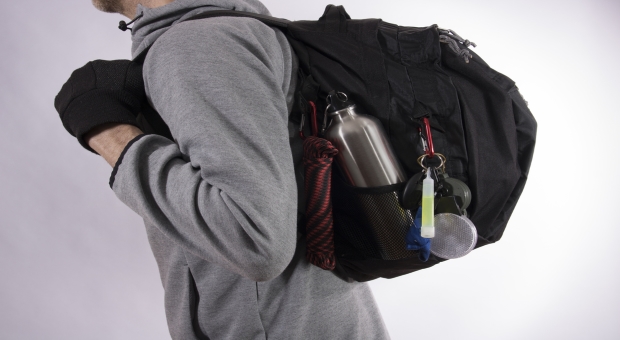

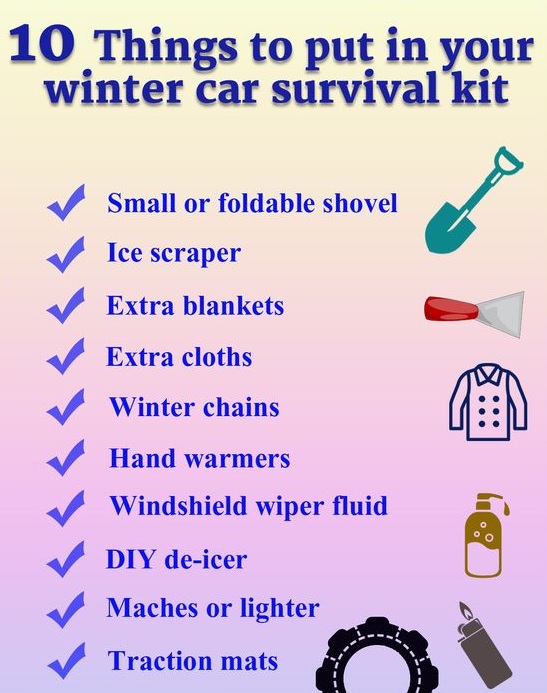
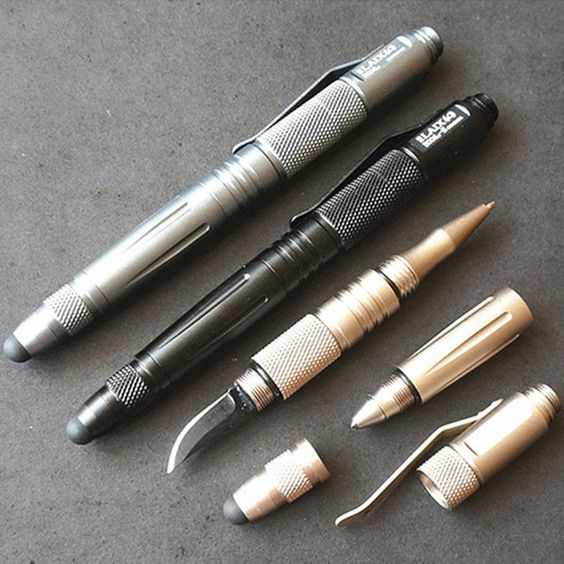
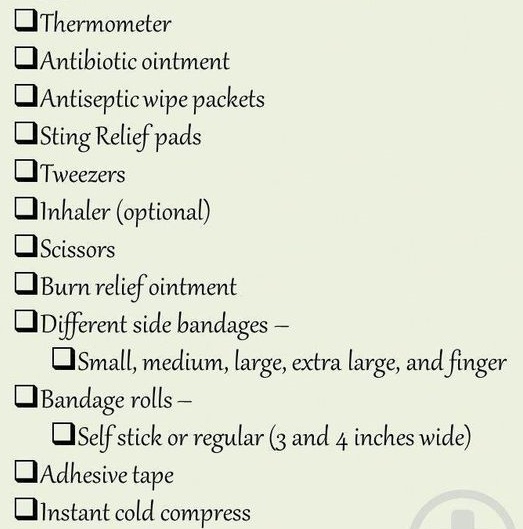

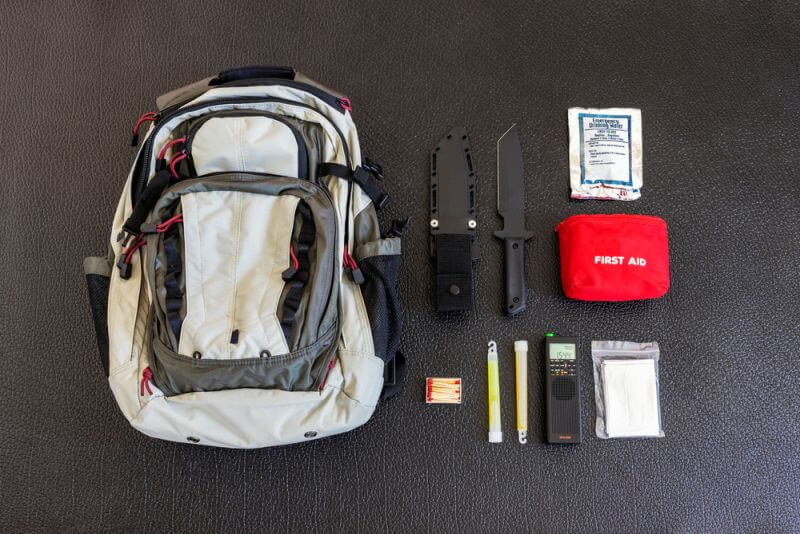
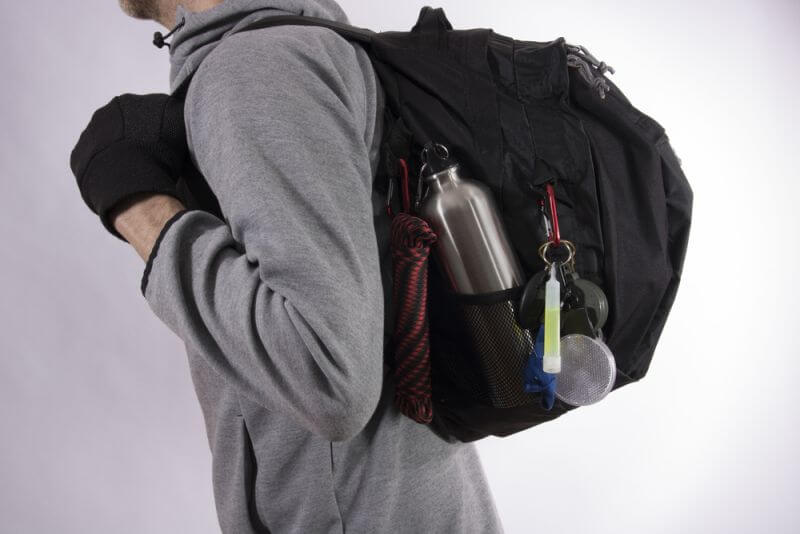
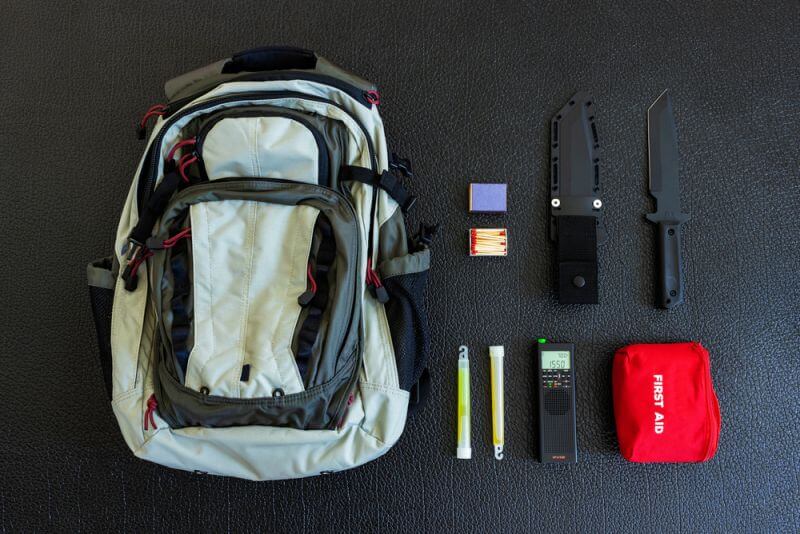


Pingback:How To Hack Federal And International Restrictions With Your Bug Out Bag – Prepping | December 5, 2019
|
Pingback:How To Hack Federal And International Restrictions With Your Bug Out Bag - Survival Gear Review | December 5, 2019
|
Pingback:How To Hack Federal And International Restrictions With Your Bug Out Bag – Welcome to Survival Pal | December 5, 2019
|
Pingback:How To Hack Federal And International Restrictions With Your Bug Out Bag - Survival Blog | December 5, 2019
|
Jefferson NWEngland | December 5, 2019
|
Thanks for this article.
I can’t believe I’d neglected this preparation.
If all hell breaks loose then maybe use ;
Traction mats- anti stab vest
Foaming bug spray(wasp/hornet) and DIY de-icer (salt/bleach etc) as defensive spray, when mace/pepper spray is not an option.
Ice scraper/spade could easily be sharpened, maybe even go gladiator style with the winter chains.
Button compass
Cash
Pocket translation book with details of nearest embassy or friendly outpost written inside the cover
William Halford | December 13, 2020
|
Hopefully, a person has extra clothes rather than extra “cloths” (although cloths could be used for different things), and matches rather than “maches”.